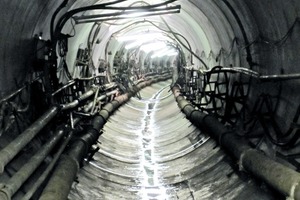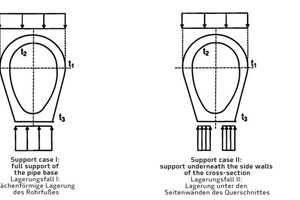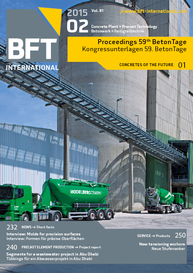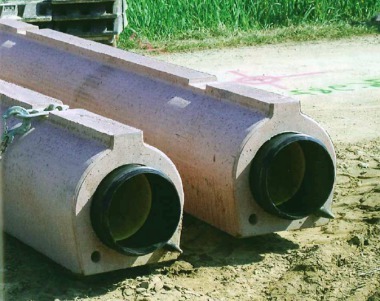DWA-A 161 and DWA-A 127 worksheets
Introduction
Quite a number of papers were presented at past editions of this congress to report on progress in the drafting of the above worksheets. Since only little hands-on experience has been gained so far in applying the new DWA-A 161:2014 version, this paper highlights various new aspects and their consideration in structural analyses and in the use of related programs. Furthermore, points will be discussed that continue to leave room for interpretation.
The part on the DWA-A 127 worksheet will cover several newly introduced points and topics that have not yet been finalized.
It should...








